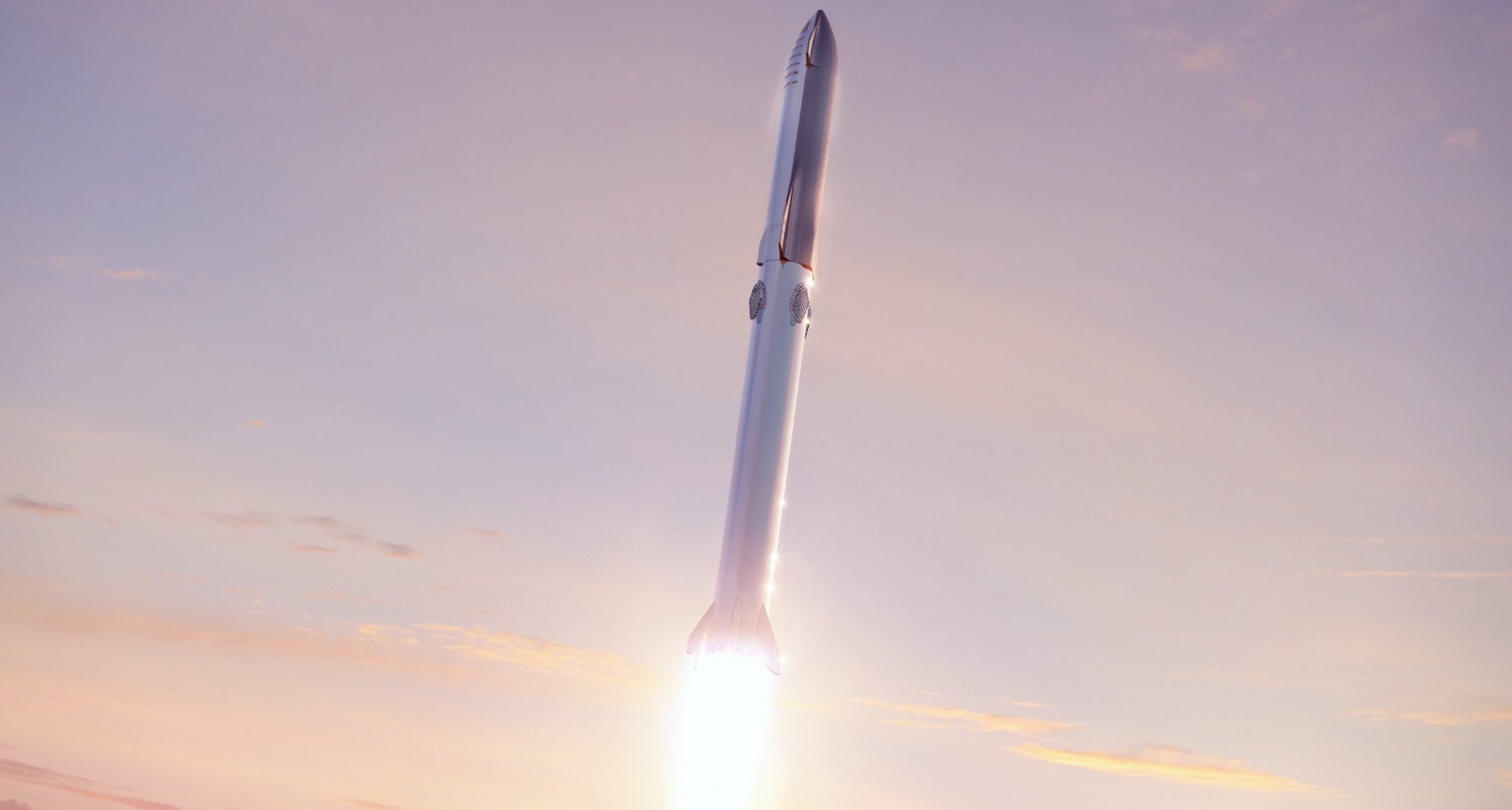
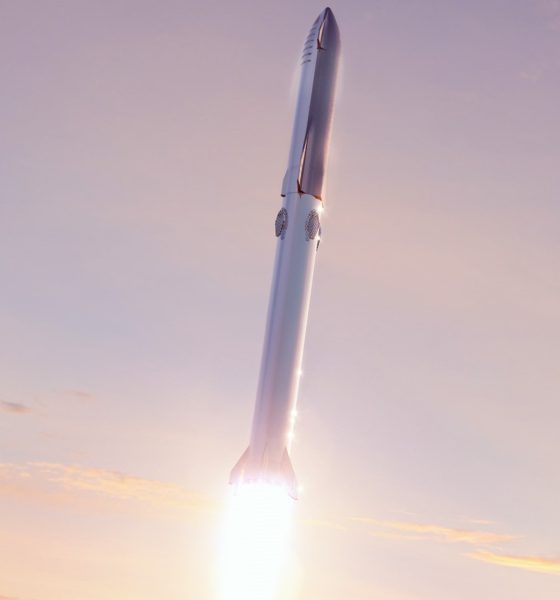
News
SpaceX to replace Falcon 9’s titanium grid fins with steel on Starship’s Super Heavy booster
Following a question on Twitter about how SpaceX intends to manufacture the truly massive grid fins shown in renders of Starship’s Super Heavy booster, CEO Elon Musk revealed that SpaceX will build them out of welded steel.
For the first several years of Falcon 9 and Falcon Heavy booster recovery operations, SpaceX built grid fins – used for maneuvering the rockets at high speeds – out of aluminum. With Falcon 9 Block 5, aluminum grid fins were phased out entirely in favor of larger titanium fins, necessitated by exceptionally high-speed reentries that nearly melted through the aluminum fins on several occasions. Now, SpaceX wants to move from titanium to steel fins for its next-generation Starship launch vehicle.
Welded steel— Elon Musk (@elonmusk) October 3, 2019
In response to the Twitter user’s question, Musk simply stated that Super Heavy’s grid fins would be manufactured out of “welded steel”, certainly keeping with the CEO’s now well-known love for the material. In October 2018, Musk finally managed to convince most of the senior engineers reporting to him that – despite years of work and full-scale testing – SpaceX needed to radically redesign Starship.
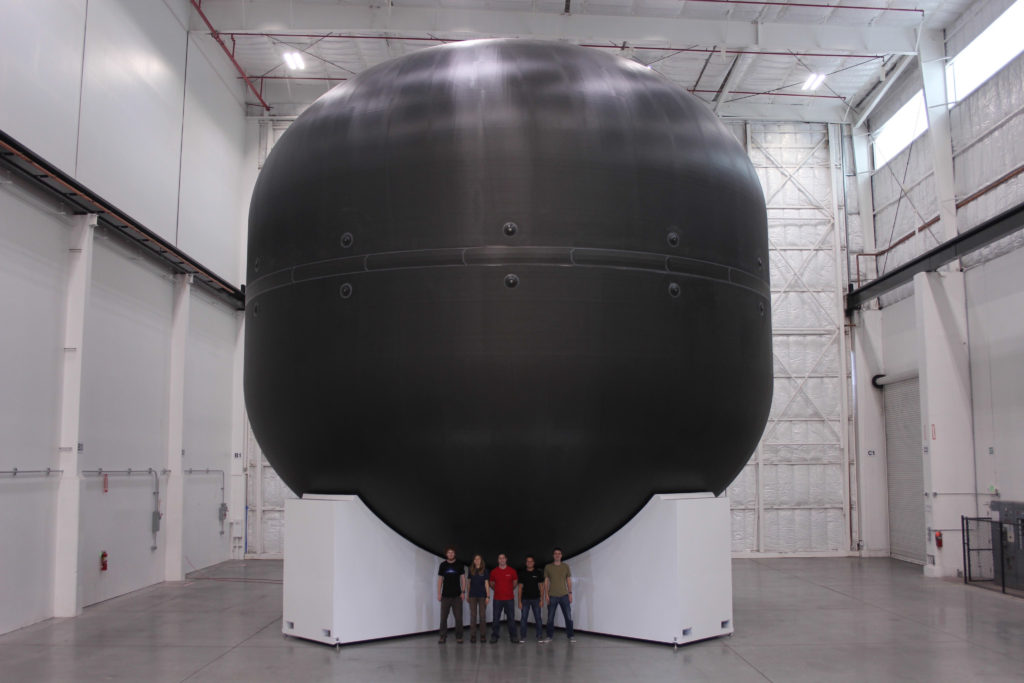
Prior to this radical change, SpaceX had spent at least 2-3 years on a Starship design (formerly Big F_____ Spaceship; BFS) made almost entirely out of carbon fiber composites, an extremely lightweight material that can be optimized for high strength. However, as Musk ultimately concluded in late 2018, although carbon composites are undeniably light and strong (optimal for spaceflight), they have extremely low heat tolerance and can react violently with supercooled liquid oxygen. Built almost entirely out of aluminum alloys with similarly low melting points, Falcon 9 has also struggled with the challenges posed by material choices, made far more difficult by the need to recover and reuse orbital-class rocket stages.
Musk ultimately decided that redesigning Starship with steel (alloys with particularly high melting points and good strength) was the right way to go. According to Musk, the high-quality carbon fiber composites SpaceX was originally pursuing cost something like $130,000 per metric ton, translating to a truly gobsmacking cost – accounting for unavoidable wastage – of $400M-$500M or more just to buy the materials needed to build a single Starship and Super Heavy booster. Steel, on the other hand, is quite literally 50 times cheaper, costing SpaceX around $2500 per ton, or as little as $10M in structural materials for each ship/booster pair.
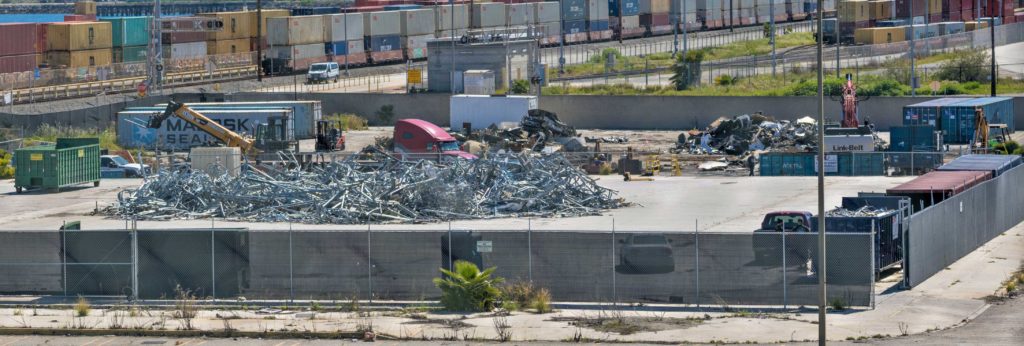
Man of Stainless Steel
Speaking at a September 28th presentation on the 2019 status of Starship’s design, CEO Elon Musk couldn’t praise his decision to move to stainless steel enough, describing it as likely being the single best design decision he has ever made. It remains to be seen if the eccentric self-taught engineer’s decision was the correct one, but the progress SpaceX has made in just 10-11 months is undeniable. SpaceX has gone from a nearly blank slate to Starhopper’s 150m (500ft) test flight in ~6 months and gone from nothing to Starship Mk1 in another 6 or so months.
According to Musk, the properties of stainless steel – mainly a high melting point/working temperature and a tendency to strengthen at cryogenic temperatures – mean that the relatively heavy material is able to produce a launch vehicle that could eventually be far lighter and higher-performance than one made with carbon composites (BFR) or aluminum alloys (Falcon 9). Thanks to those properties, Starship/Super Heavy will become much stronger when filled with cold propellant and will also require little to no external heat shielding on its leeward half, whereas a reusable Al/composite rocket would require major thermal protection on nearly all exposed surfaces.
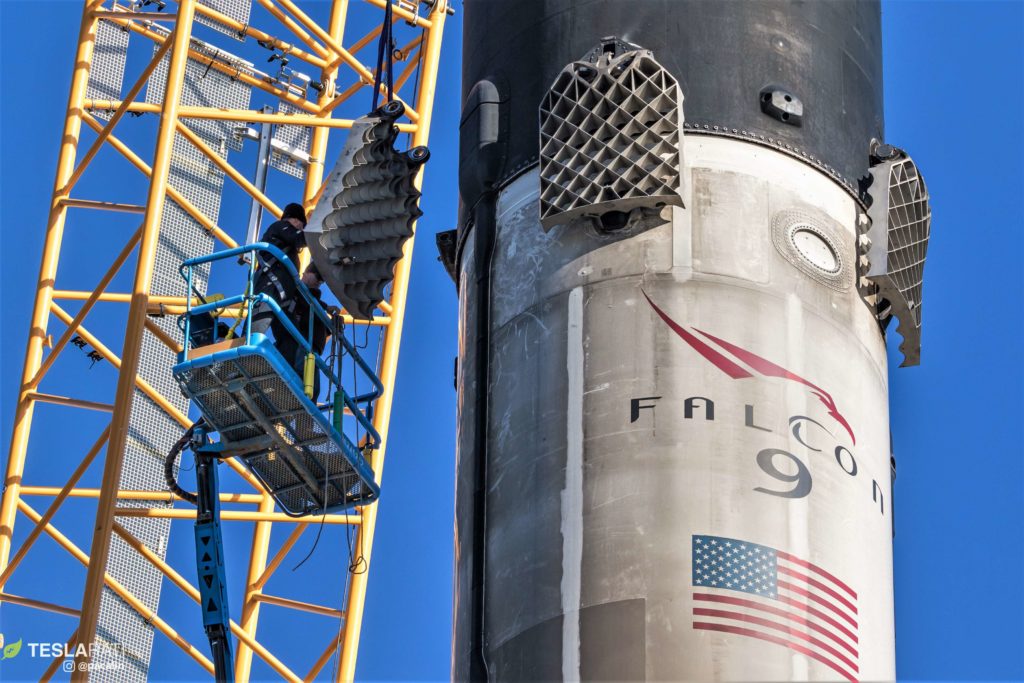
As part of the move to remove any ultra-expensive nonessential materials from the designs of Starship and Super Heavy, Musk has apparently also turned his gaze on the booster’s grid fins. As described at the top of this article, SpaceX replaced Falcon 9’s aluminum grid fins with titanium fins, requiring the company to create the largest single-piece titanium casting in the world. Musk has repeatedly indicated that each grid fin is extremely expensive.
In light of their expense, Musk (or SpaceX) has seemingly decided that future (larger?) SpaceX rockets will try to avoid large, titanium castings. Super Heavy nevertheless still needs massive grid fins: official renders published by SpaceX last month revealed a new diamond shape for the booster’s fins, and Musk later took to Twitter to reveal that they would be made out of welded steel instead of titanium.
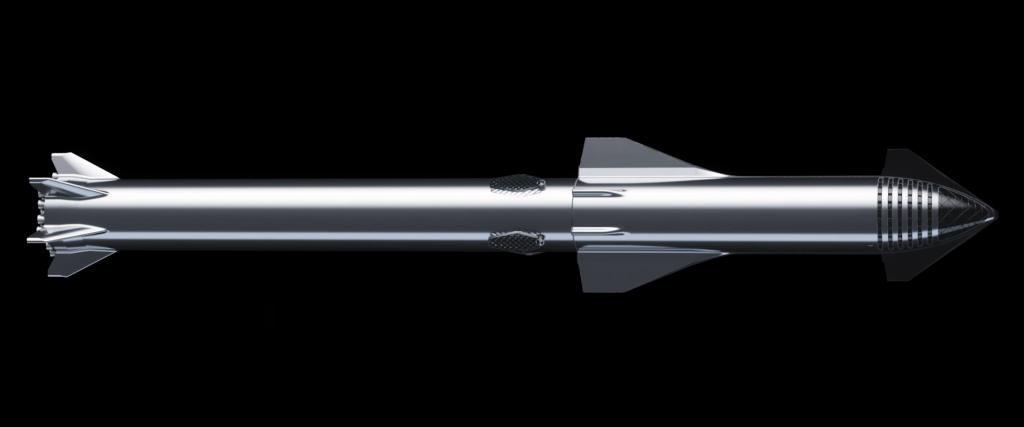
Based on SpaceX’s official 2019 Super Heavy renders, the booster’s grid fins measure approximately 7m by 3m (23 ft by 10 ft), dwarfing Falcon 9’s titanium fins (perhaps 2m by 1.2m) with something like 8-10 times the surface area. Although 301-series stainless steel has a melting point and heat capacity roughly 15% lower than Grade 5 titanium, its strength characteristics are otherwise similar, while also remaining mechanically functional at almost three times the working temperature of titanium (840C vs. 330C).
Most importantly, not only is 301 steel roughly 15-20 times cheaper than titanium, but the process of fabricating large steel components – particularly with welding instead of casting – is dramatically faster, easier, and cheaper than working with and forming titanium. With their reasonably similar properties and the increased size of Super Heavy, it’s likely that steel grid fins would exhibit little to no ablation during even the hottest atmospheric reentries, and it would nevertheless be extremely easy and cheap to either repair or replace fins in the unlikely event of damage.
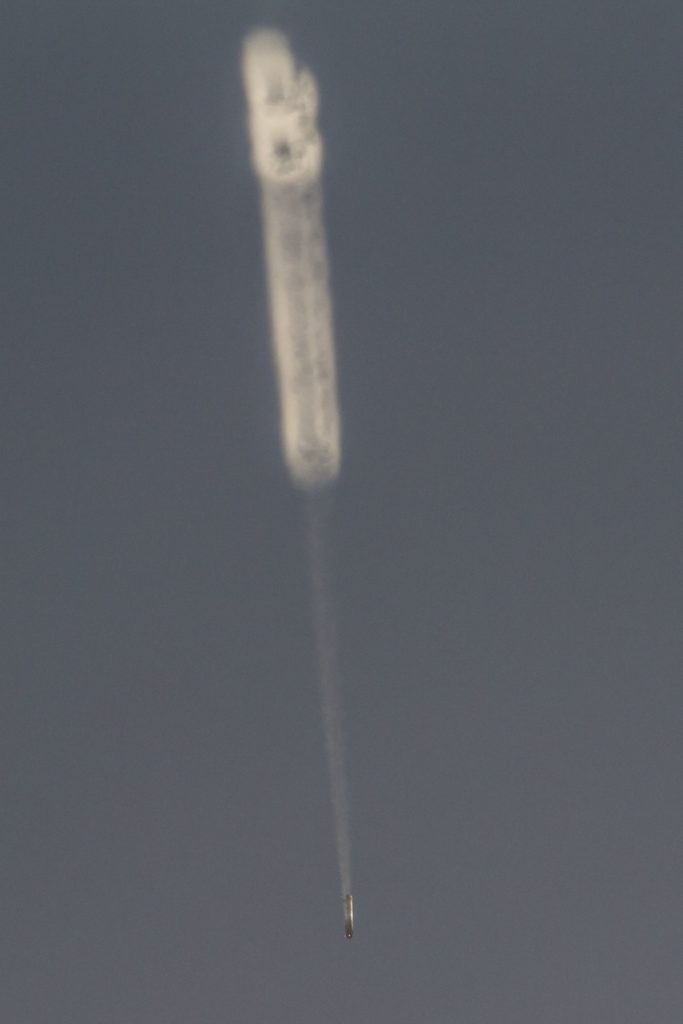
Given just how quickly and relatively easily SpaceX has built full-scale flight hardware out of steel and assuming there are no technical showstoppers caused by changing scales, it wouldn’t be surprising in the slightest to see SpaceX fabricate and test welded steel grid fins on Falcon 9 boosters in the near future.
Check out Teslarati’s Marketplace! We offer Tesla accessories, including for the Tesla Cybertruck and Tesla Model 3.

Elon Musk
Tesla CEO Elon Musk teases insane capabilities of next major FSD update

Tesla CEO Elon Musk teased the insane capabilities of the next major Full Self-Driving update just hours after the company rolled out version 14.2 to owners.
Tesla Full Self-Driving v14.2 had some major improvements from the previous iteration of v14.1.x. We were on v14.1.7, the most advanced configuration of the v14.1 family, before Tesla transitioned us and others to v14.2.
However, Musk has said that the improvements coming in the next major update, which will be v14.3, will be where “the last big piece of the puzzle finally lands.”
14.3 is where the last big piece of the puzzle finally lands
— Elon Musk (@elonmusk) November 21, 2025
There were some major improvements with v14.2, most notably, Tesla seemed to narrow in on the triggers that caused issues with hesitation and brake stabbing in v14.1.x.
One of the most discussed issues with the past rollout was that of brake stabbing, where the vehicle would contemplate proceeding with a route as traffic was coming from other directions.
We experienced it most frequently at intersections, especially four-way stop signs.
Elon Musk hints at when Tesla can fix this FSD complaint with v14
In our review of it yesterday, it was evident that this issue had been resolved, at least to the extent that we had no issues with it in a 62-minute drive, which you can watch here.
Some owners also reported a more relaxed driver monitoring system, which is something Tesla said it was working on as it hopes to allow drivers to text during operation in the coming months. We did not test this, as laws in Pennsylvania prohibit the use of phones at any time due to the new Paul Miller’s Law, which took effect earlier this year.
However, the improvements indicate that Tesla is certainly headed toward a much more sentient FSD experience, so much so that Musk’s language seems to be more indicative of a more relaxed experience in terms of overall supervision from the driver, especially with v14.3.
Musk did not release or discuss a definitive timeline for the release of v14.3, especially as v14.2 just rolled out to Early Access Program (EAP) members yesterday. However, v14.1 rolled out to Tesla owners just a few weeks ago in late 2025. There is the potential that v14.3 could be part of the coming Holiday Update, or potentially in a release of its own before the New Year.
News
Tesla Full Self-Driving v14.2 – Full Review, the Good and the Bad

Tesla rolled out Full Self-Driving version 14.2 yesterday to members of the Early Access Program (EAP). Expectations were high, and Tesla surely delivered.
With the rollout of Tesla FSD v14.2, there were major benchmarks for improvement from the v14.1 suite, which spanned across seven improvements. Our final experience with v14.1 was with v14.1.7, and to be honest, things were good, but it felt like there were a handful of regressions from previous iterations.
While there were improvements in brake stabbing and hesitation, we did experience a few small interventions related to navigation and just overall performance. It was nothing major; there were no critical takeovers that required any major publicity, as they were more or less subjective things that I was not particularly comfortable with. Other drivers might have been more relaxed.
With v14.2 hitting our cars yesterday, there were a handful of things we truly noticed in terms of improvement, most notably the lack of brake stabbing and hesitation, a major complaint with v14.1.x.
However, in a 62-minute drive that was fully recorded, there were a lot of positives, and only one true complaint, which was something we haven’t had issues with in the past.
The Good
Lack of Brake Stabbing and Hesitation
Perhaps the most notable and publicized issue with v14.1.x was the presence of brake stabbing and hesitation. Arriving at intersections was particularly nerve-racking on the previous version simply because of this. At four-way stops, the car would not be assertive enough to take its turn, especially when other vehicles at the same intersection would inch forward or start to move.
This was a major problem.
However, there were no instances of this yesterday on our lengthy drive. It was much more assertive when arriving at these types of scenarios, but was also more patient when FSD knew it was not the car’s turn to proceed.
Can report on v14.2 today there were ZERO instances of break stabbing or hesitation at intersections today
It was a significant improvement from v14.1.x
— TESLARATI (@Teslarati) November 21, 2025
This improvement was the most noticeable throughout the drive, along with fixes in overall smoothness.
Speed Profiles Seem to Be More Reasonable
There were a handful of FSD v14 users who felt as if the loss of a Max Speed setting was a negative. However, these complaints will, in our opinion, begin to subside, especially as things have seemed to be refined quite nicely with v14.2.
Freeway driving is where this is especially noticeable. If it’s traveling too slow, just switch to a faster profile. If it’s too fast, switch to a slower profile. However, the speeds seem to be much more defined with each Speed Profile, which is something that I really find to be a huge advantage. Previously, you could tell the difference in speeds, but not in driving styles. At times, Standard felt a lot like Hurry. Now, you can clearly tell the difference between the two.
It seems as if Tesla made a goal that drivers should be able to tell which Speed Profile is active if it was not shown on the screen. With v14.1.x, this was not necessarily something that could be done. With v14.2, if someone tested me on which Speed Profile was being used, I’m fairly certain I could pick each one.
Better Overall Operation
I felt, at times, especially with v14.1.7, there were some jerky movements. Nothing that was super alarming, but there were times when things just felt a little more finicky than others.
v14.2 feels much smoother overall, with really great decision-making, lane changes that feel second nature, and a great speed of travel. It was a very comfortable ride.
The Bad
Parking
It feels as if there was a slight regression in parking quality, as both times v14.2 pulled into parking spots, I would have felt compelled to adjust manually if I were staying at my destinations. For the sake of testing, at my first destination, I arrived, allowed the car to park, and then left. At the tail-end of testing, I walked inside the store that FSD v14.2 drove me to, so I had to adjust the parking manually.
This was pretty disappointing. Apart from parking at Superchargers, which is always flawless, parking performance is something that needs some attention. The release notes for v14.2. state that parking spot selection and parking quality will improve with future versions.
Any issues with parking on your end? 14.1.7 didn’t have this trouble with parking pic.twitter.com/JPLRO2obUj
— TESLARATI (@Teslarati) November 21, 2025
However, this was truly my only complaint about v14.2.
You can check out our full 62-minute ride-along below:
Elon Musk
SpaceX issues statement on Starship V3 Booster 18 anomaly
The incident unfolded during gas-system pressure testing at the company’s Massey facility in Starbase, Texas.

SpaceX has issued an initial statement about Starship Booster 18’s anomaly early Friday. The incident unfolded during gas-system pressure testing at the company’s Massey facility in Starbase, Texas.
SpaceX’s initial comment
As per SpaceX in a post on its official account on social media platform X, Booster 18 was undergoing gas system pressure tests when the anomaly happened. Despite the nature of the incident, the company emphasized that no propellant was loaded, no engines were installed, and personnel were kept at a safe distance from the booster, resulting in zero injuries.
“Booster 18 suffered an anomaly during gas system pressure testing that we were conducting in advance of structural proof testing. No propellant was on the vehicle, and engines were not yet installed. The teams need time to investigate before we are confident of the cause. No one was injured as we maintain a safe distance for personnel during this type of testing. The site remains clear and we are working plans to safely reenter the site,” SpaceX wrote in its post on X.
Incident and aftermath
Livestream footage from LabPadre showed Booster 18’s lower half crumpling around the liquid oxygen tank area at approximately 4:04 a.m. CT. Subsequent images posted by on-site observers revealed extensive deformation across the booster’s lower structure. Needless to say, spaceflight observers have noted that Booster 18 would likely be a complete loss due to its anomaly.
Booster 18 had rolled out only a day earlier and was one of the first vehicles in the Starship V3 program. The V3 series incorporates structural reinforcements and reliability upgrades intended to prepare Starship for rapid-reuse testing and eventual tower-catch operations. Elon Musk has been optimistic about Starship V3, previously noting on X that the spacecraft might be able to complete initial missions to Mars.








